Welcome to the serene waters of the Mandovi River and to Divar Island is situated.
Divar Island stands as a pristine gem amidst the vibrant tapestry of Goa, India.
Surrounded by lush mangroves and bordered by the gentle lapping of the river, this enchanting Island offers a captivating escape from the bustling mainland.
With its cultural heritage and scenic landscapes, the Island beckons tourists to immerse themselves in its timeless allure.
Steeped in history, the Island bears witness to the bygone eras of Portuguese colonization, evident in its charming architecture and quaint villages.
As one wanders through its winding lanes adorned with colorful houses and quaint churches, nostalgia permeates the air.
From the tranquil shores to the verdant hillsides, the Island embraces visitors with its captivating beauty and peaceful ambiance.
Whether exploring the Island’s historic landmarks, indulging in authentic Goan cuisine,
or simply basking in the serenity of its natural surroundings,
Divar Island promises an unforgettable journey filled with blissful tranquility and cultural immersion.
Embark on a voyage of discovery to the Island.
Every step unveils a new chapter in its timeless tale of beauty and charm.
1. Best Time to Visit

This charming destination offers something special every month of the year.
However, if you want to experience Divar Island at its liveliest.
Consider timing your visit around its vibrant festivals, notably Potekar and Bonderam.
Throughout the year, the Island boasts serene landscapes, winding roads.
And a tranquil atmosphere that beckons travelers seeking a peaceful retreat.
Whether exploring its lush greenery, wandering through its quaint villages, or simply soaking in the serene ambiance.
The island promises a rejuvenating escape from the hustle and bustle of everyday life.
But it’s during festivals like Potekar and Bonderam that Divar truly comes alive with colors, music, and cultural enthusiasm.
Potekar is celebrated with great enthusiasm by the local Hindu community.
Marks the beginning of the harvest season and is characterized by vibrant processions, traditional rituals, and feasting.
Bonderam, on the other hand, is a unique festival celebrated in August.
Featuring colorful parades, mock battles, and lively street performances that showcase the Island’s rich heritage and community spirit.
2. How to Reach

If you want to explore the serene beauty of Divar Island in Goa, getting there is simpler than you might think.
Goa enjoys excellent connectivity with major cities like Mumbai, Delhi, and Bangalore.
Making it accessible for travelers from all over India.
Island, situated just 10 kilometers away from Panjim, the capital of Goa, offers a peaceful from the hustle and bustle of city life.
You must hop on one of the three ferry services to reach the Island.
These ferries operate from various points in Goa.
But one of the most popular routes is from Old Goa near the Basilica of Bom Jesus.
From there, a short ferry ride will take you across the river to the tranquil shores of the Island.
What adds to the charm of visiting the Island is its unique mode of transportation.
The Island is connected to two other ferry points in Goa, providing visitors with multiple options for their journey.
Whether you’re seeking a day of relaxation or a chance to explore the Island’s cultural heritage.
The Island promises an unforgettable experience for every traveler.
3. Festivities on Divar Island
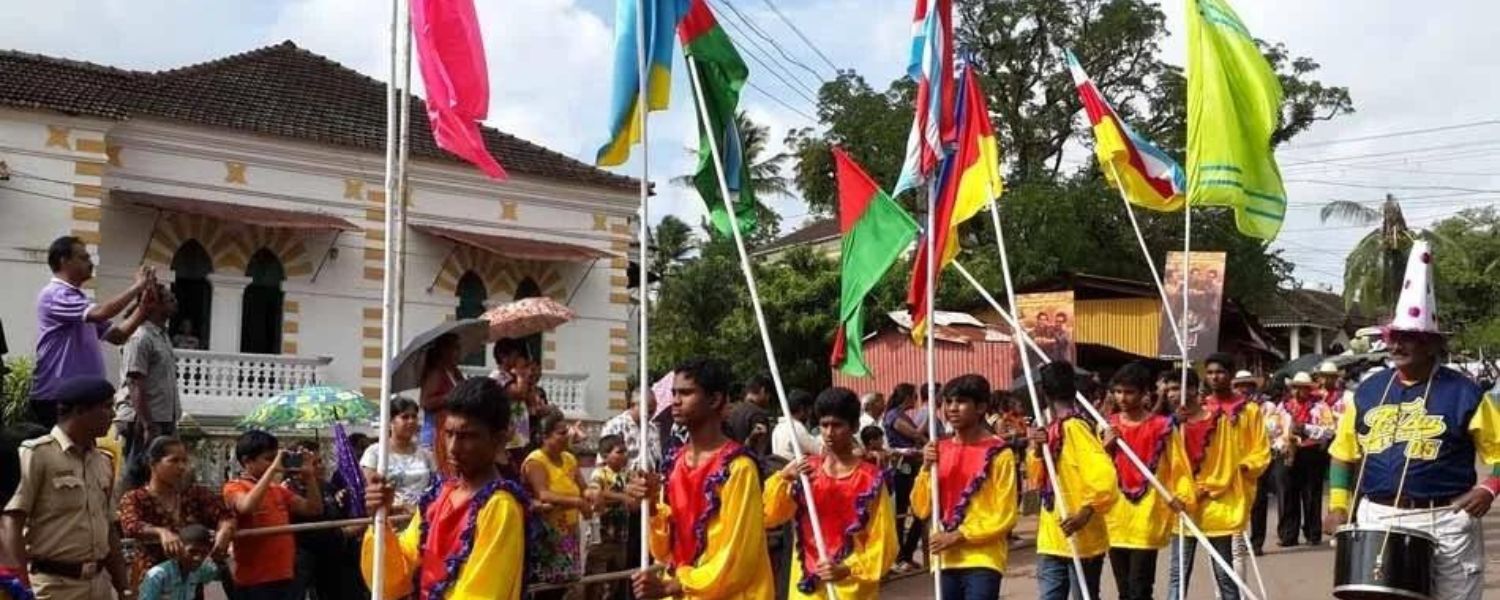
Experience the vibrant festivities on Divar Island, where traditions come alive in a tapestry of colors and celebrations.
Among the most cherished events is Bonderam, reminiscent of a lively carnival, held every 4th Saturday of August.
It is a tribute to the villagers’ resilience against an old Portuguese dispute resolution system, marked by spirited revelry and cultural displays.
Another highlight is the Potekar festival, spanning three joyous days.
Here, locals adorn homemade masks and don eclectic costumes to roam the village, adding a playful touch to the festivities.
It’s a time when the community comes together, sharing laughter and creating cherished memories.
Island hosts the Feast of Our Lord Redeemer in November, a traditional celebration that draws crowds across Goa.
Rooted in deep reverence, this feast day honors the image of the Lord Redeemer, originally brought to the Island by the late Ferao Goltim from Europe.
The atmosphere is brimming with enthusiasm as devotees unite in prayer and festivity, showcasing the Island’s rich cultural heritage.
4. What to See

Divar Island boasts a rich tapestry of history and spirituality, offering visitors a glimpse into its fascinating past and natural beauty.
Once revered as a sacred site for Hindu devotees, the Island was adorned with several temples before the 16th century.
Among these revered structures was the esteemed Shri Saptakoteshwar temple,
dedicated to the worship of Lord Shiva, alongside another temple venerating the beloved deity Lord Ganesha.
Known for its devout following.
Additionally, the Island housed the revered Shree Dwarkeshwar temple, adding to its allure as a center of religious significance.
Today, remnants of these ancient temples stand as testaments to the Island’s illustrious past, inviting exploration and introspection.
Tourists can immerse themselves in the tranquil ambiance of these sacred sites, marveling at the architectural splendor and spiritual energy that permeates the air.
Moreover, the Island is enticed beyond its spiritual heritage by its scenic vistas and idyllic landscapes, making it a haven for nature enthusiasts and leisure seekers.
5 .Food on Island
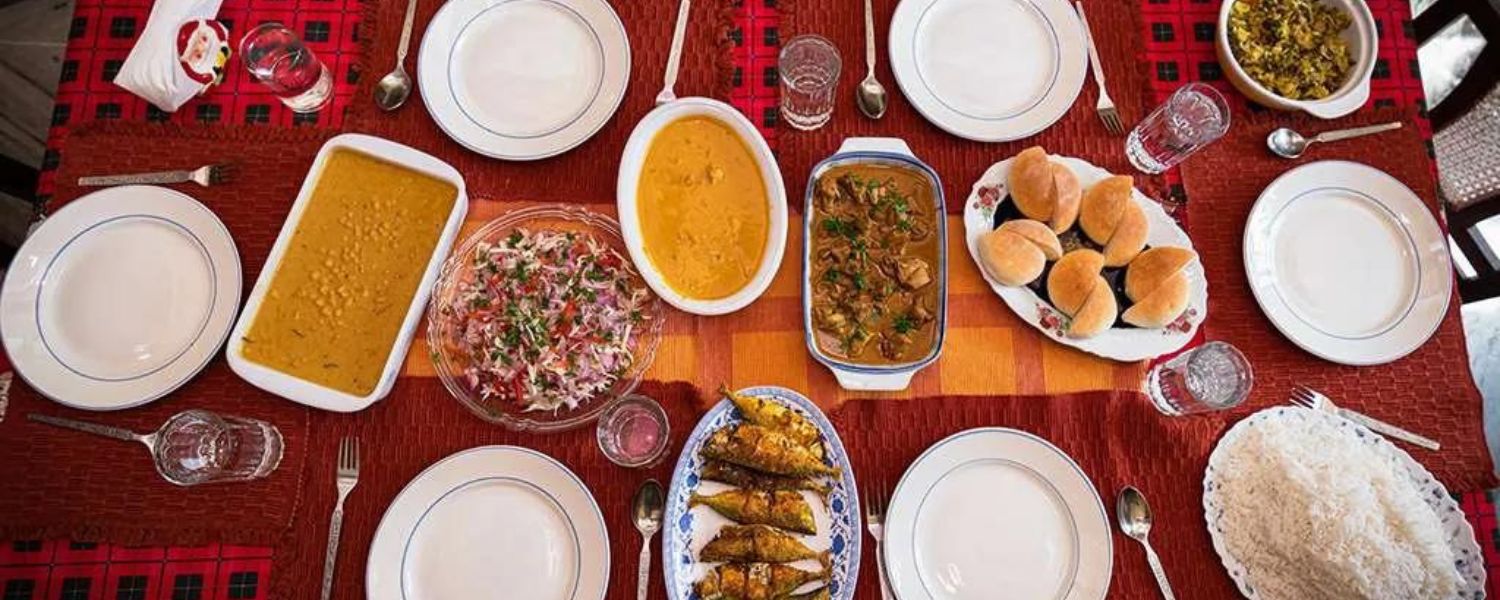
Embark on a culinary journey like no other on Divar Island, nestled amidst the tranquil waters of Goa.
Here, amidst the rustic charm and scenic beauty, a culinary delight awaits to tantalize your taste buds – the authentic ‘Urak.’
This traditional concoction, a milder rendition of the famed cashew fenny, is a cherished gem of the Island.
Unlike anywhere else in Goa, the Island proudly boasts the availability of Urak, adding a unique flavor to your gastronomic adventures.
While exploring the Island’s culinary landscape, one cannot overlook the delectable prawns that reign supreme in Goan cuisine.
These succulent sea treasures are a specialty revered by locals and visitors alike.
Whether grilled to perfection, simmered in a rich curry, or served as a flavorful accompaniment.
Prawns on the Island are a true indulgence for seafood enthusiasts.
Immerse yourself in the flavors of the Island as you savor the authenticity and richness of Urak.
Complemented by the tantalizing aroma and taste of fresh, locally sourced prawns.
With every bite, experience the essence of Goan culinary heritage amidst the Island’s serene beauty.
Where each dish tells a story of unparalleled taste.
6. History of Island
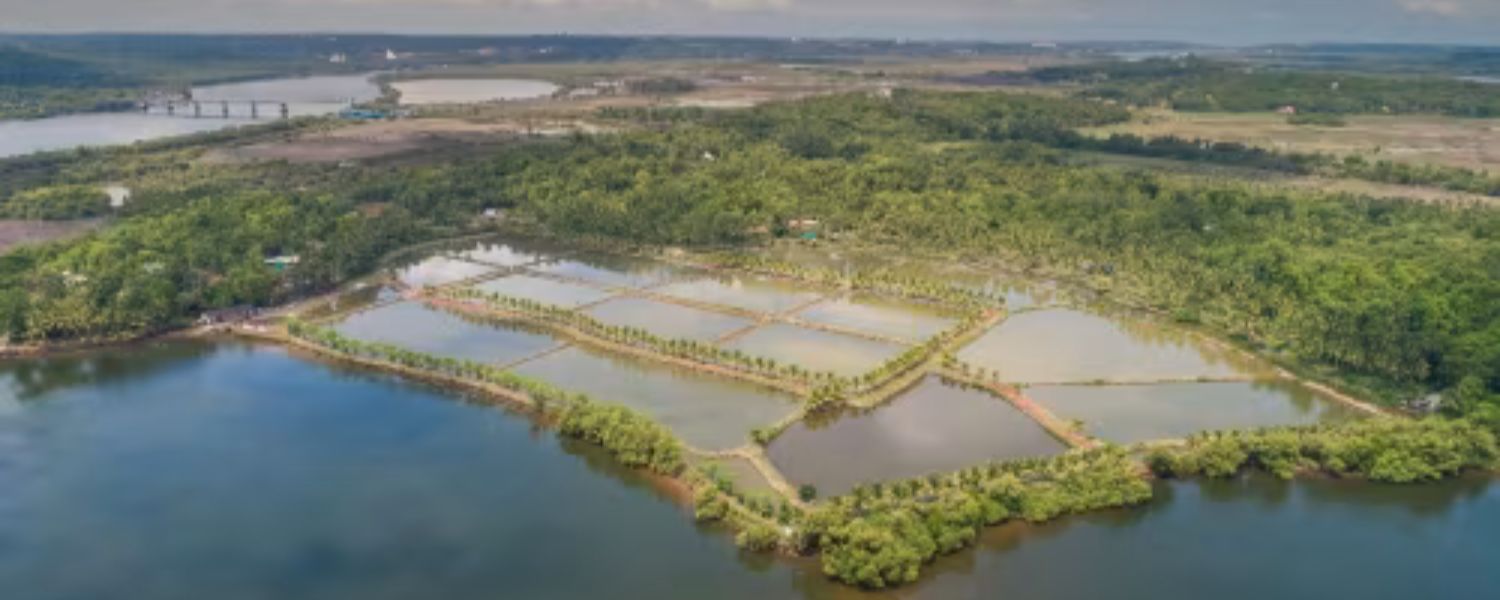
Divar Island, a quaint retreat nestled in the waters of the Mandovi River, boasts a rich history intertwined with the tapestry of Goan culture.
Once a bustling settlement inhabited by the residents of old Goa, the Island holds tales of both triumph and tragedy within its serene landscapes.
Legends whisper of a mass exodus spurred by the harrowing grip of a devastating plague, prompting the Island’s abandonment by its former residents.
However, long before the specter of plague cast its shadow, the Island stood as a sacred sanctuary for Hindu devotees.
Temples dotted its verdant expanse, bearing witness to fervent prayers and timeless rituals.
Among these revered sites were the illustrious Shri Saptakoteshwar temple and an abode dedicated to the beloved deity.
Lord Ganesha, alongside the venerable Shree Dwarkeshwar temple, is a testament to the island’s spiritual significance.
Yet, the winds of change swept across Goa, ushering in an era of Christianization that reshaped the religious landscape.
In the wake of this transformation, the temples of the Island found themselves bereft of worshipers.
Their hallowed halls echoing ancient devotion’s whispers.
With solemn reverence, the Goan Hindus tenderly relocated these sacred sanctuaries to new abodes.
Preserving their legacy amidst the shifting tides of time.
7. What To Do On
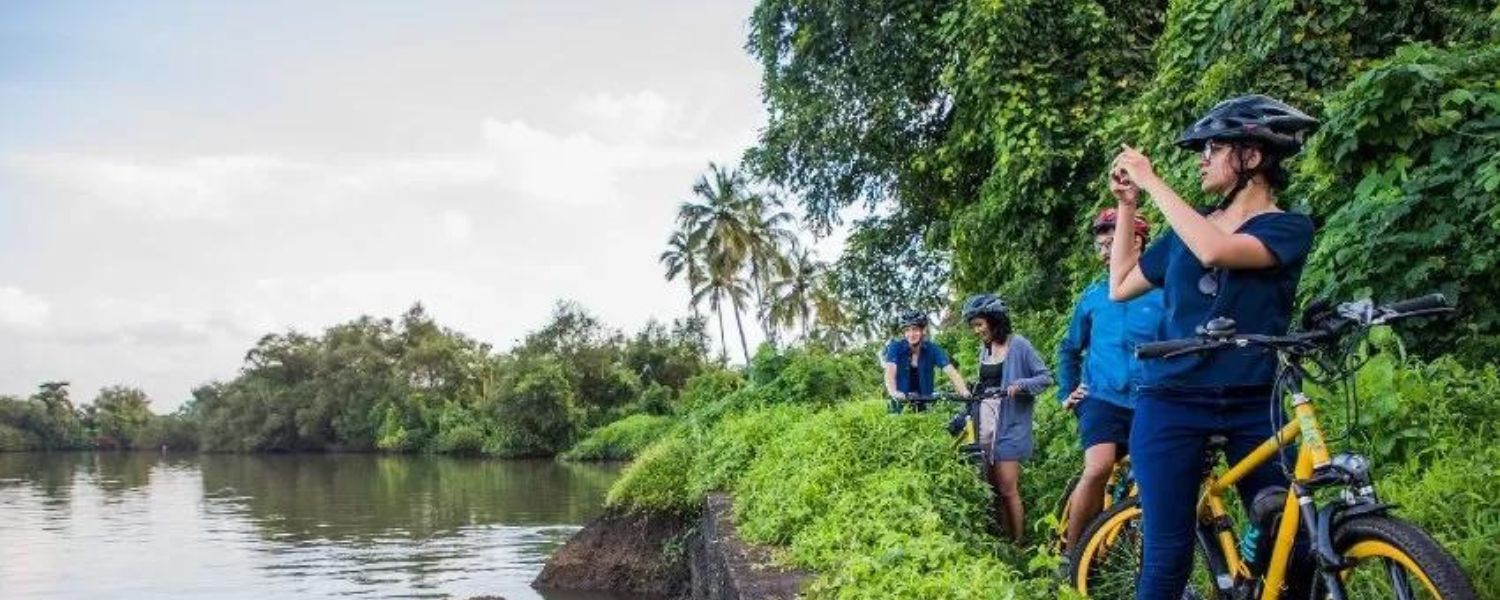
Divar Island beckons with its serene charm and captivating attractions.
As you step onto this idyllic retreat, prepare to embark on a voyage of exploration and revelation.
A must-visit on your itinerary is the historic St. Mathias Church, a testament to Goa’s rich colonial heritage.
Its majestic architecture and tranquil surroundings provide a glimpse of the Island’s past.
A visit to Koti Tirtha Tali is highly recommended for those seeking spiritual solace.
This sacred site, enveloped in serene beauty, is revered by locals and tourists for its peaceful ambiance and spiritual significance.
Take a moment to soak in the serenity and immerse yourself in the Island’s spiritual essence.
Another gem awaiting your discovery is Our Lady of Piety Church, a symbol of faith and devotion on the Island.
Marvel at its exquisite architecture and delve into the profound tranquility permeating the air.
Whether you’re a history enthusiast, a spiritual seeker, or a beauty lover, this charming church promises a memorable experience.
8. Culture and History
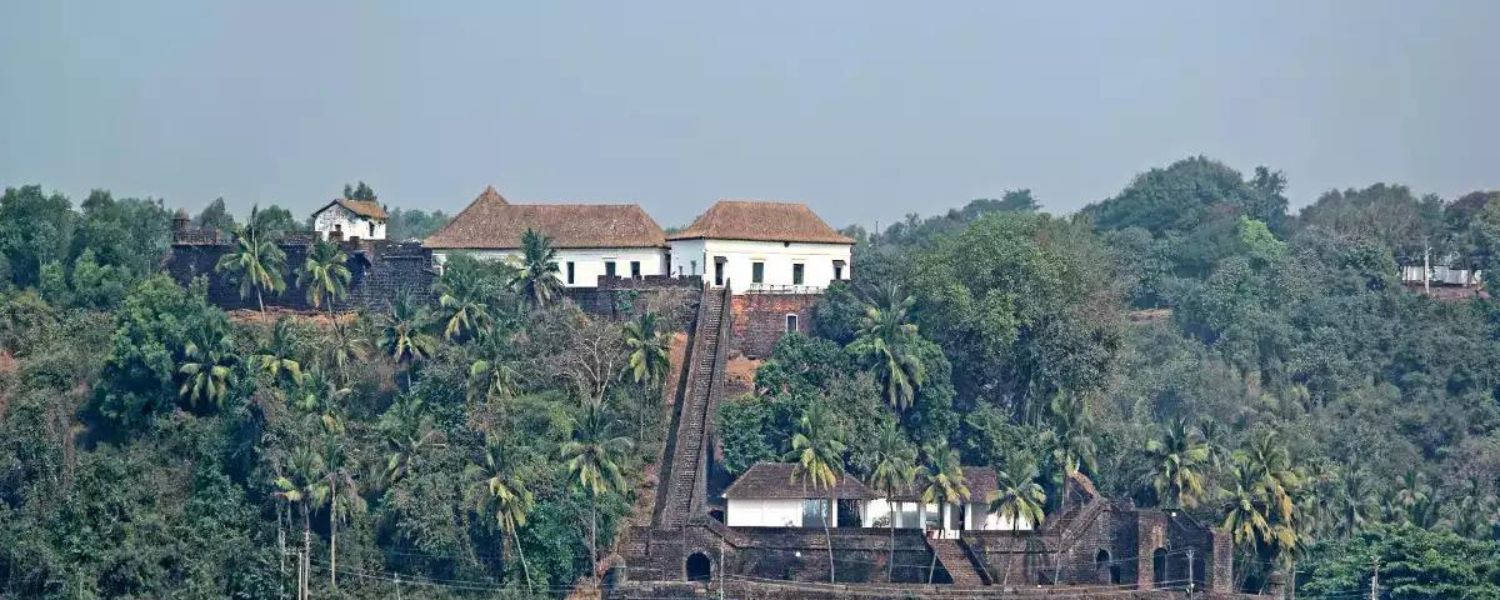
Nestled within the captivating landscapes of Goa, India, lies the serene haven of Divar Island, steeped in a tapestry of culture and history.
Legend has it that this Island was once a sacred site for Hindu pilgrims,
adorned with revered temples such as Saptakoteshwar, Ganesh, Mahamaya, and Dwarkeshwar.
These temples served as spiritual sanctuaries, drawing devotees from far and wide to pay homage and seek blessings.
However, the tranquil ambiance of the Island witnessed a significant transformation during the 16th century.
When Goa underwent Christianization.
In the wake of this cultural shift, many of the Island’s Hindu temples faced relocation,
orchestrated by the Goan Hindu community to preserve their sacred heritage amidst changing times.
Despite the changes over the centuries, remnants of this vibrant past still echo through the Island’s landscapes.
Offering a glimpse into its storied history.
Today, the Island stands as a testament to the resilience of Goa’s cultural heritage.
Where traces of its Hindu legacy intertwine with the influences of Christianity.
Visitors to the Island can immerse themselves in its tranquil beauty while exploring the remnants of its ancient temples,
each bearing testimony to its enduring spirit and the diverse layers of its past.
As one navigates through the winding paths of the Island, one embarks on a journey through time,
where history and culture converge to create an enriching tapestry of experiences.
Additionally, the island is North Goa destinations, adding to its allure for travelers exploring the region.
9. Architecture and Scenery
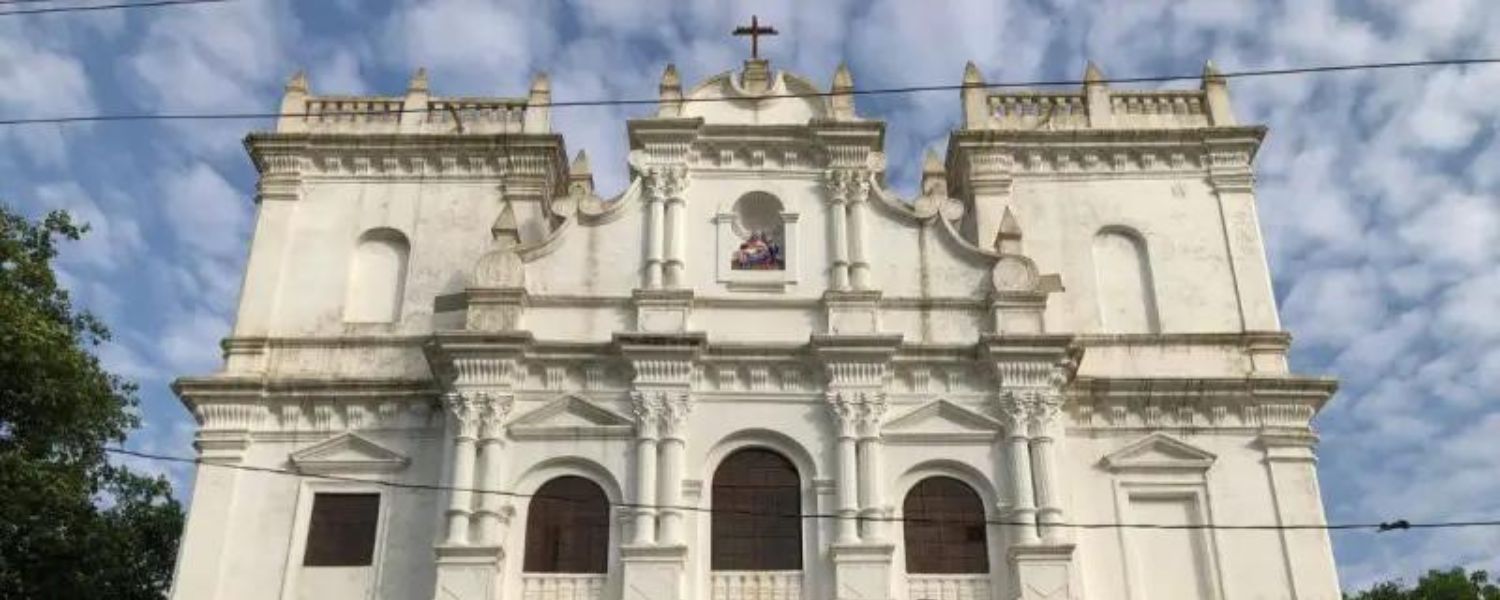
Nestled within the serene landscape of Divar Island lies the captivating Church of Our Lady of Compassion.
A timeless marvel that beckons visitors with its rich history and exquisite architecture.
Dating back to 1599, this remarkable church is a testament to the ingenuity of the Jesuits.
Who erected it upon the grounds of a former Hindu temple devoted to Narsimha.
Stepping into the sacred sanctuary, the graceful curves of its dome immediately strike one.
As the sturdy elegance of its bell tower and the intricate detailing of its altars.
Each architectural element tells a story of devotion and craftsmanship.
Blending seamlessly to create a space of unparalleled beauty and tranquility.
The Church of Our Lady of Compassion serves as a place of worship.
a testament to the cultural fusion that defines the Island.
Here, amidst the lush greenery and tranquil waters.
Guests can envelop themselves in the serene atmosphere and marvel at the harmonious coexistence of diverse traditions.
Conclusion
Divar Island emerges as a hidden gem within the serene waters of the Mandovi River, encapsulating the essence of Goa’s natural beauty and cultural richness.
Nestled amidst the tranquil surroundings, the Island offers a captivating escape from bustling city life.
inviting visitors to immerse themselves in its lush landscapes and peaceful ambiance.
With its historical charm and picturesque vistas, this island beckons explorers and wanderers alike to reveal.
its concealed riches and decipher the enigmas within its past.
Beyond its scenic allure, the Island is a testament to the enduring legacy of Goan heritage.
with its quaint villages and centuries-old traditions weaving a tapestry of culture and history.
Whether exploring the ancient churches, wandering through the narrow lanes, or basking in the serenity of its shores,
the Island promises an enriching experience that lingers in the hearts of all who venture here.
As a sanctuary of tranquility and cultural heritage, the Island stands as a testament to the timeless allure of Goa’s coastal splendor.
When considering South Goa Places, Island stands out as a must-visit locale, offering a blend of natural beauty and cultural significance.
FAQ
Q. Why is Divar Island Famous?
A. Divar Island, nestled in the serene backwaters of Goa, is renowned for its tranquil ambiance and rich cultural heritage.
Its picturesque landscapes, ancient churches, and quaint villages attract visitors seeking an offbeat experience away from the bustling tourist spots.
Q. Is it Worth Visiting Divar Island?
A. Absolutely! Divar Island offers a delightful escape from the crowds, immersing visitors in the charm of Goan village life.
Whether exploring its historic sites, indulging in authentic Goan cuisine, or simply soaking in the scenic beauty, the Island promises a memorable and rejuvenating experience.
Q. How Do You Get to Divar Island Goa?
A. Access to Divar Island is primarily via ferry from Ribandar or Old Goa.
These short ferry rides offer a scenic journey across the Mandovi River, providing a glimpse into local life and stunning views of the surrounding landscape.
Q. How Much Does it Cost to Go to Divar Island?
A. The ferry ride to the Island is affordable, typically costing a nominal fee for pedestrians and slightly more for vehicles.
Once on the Island, expenses depend on individual preferences for activities, dining, and accommodation.
Q. What is the History of Divar Island?
A. The island boasts a fascinating history dating back to ancient times.
Once an important trading hub, it was later inhabited by Portuguese colonizers who left a legacy reflected in its architecture and culture.
Today, remnants of its diverse past can be seen in its historic churches, temples, and traditional Goan houses.










